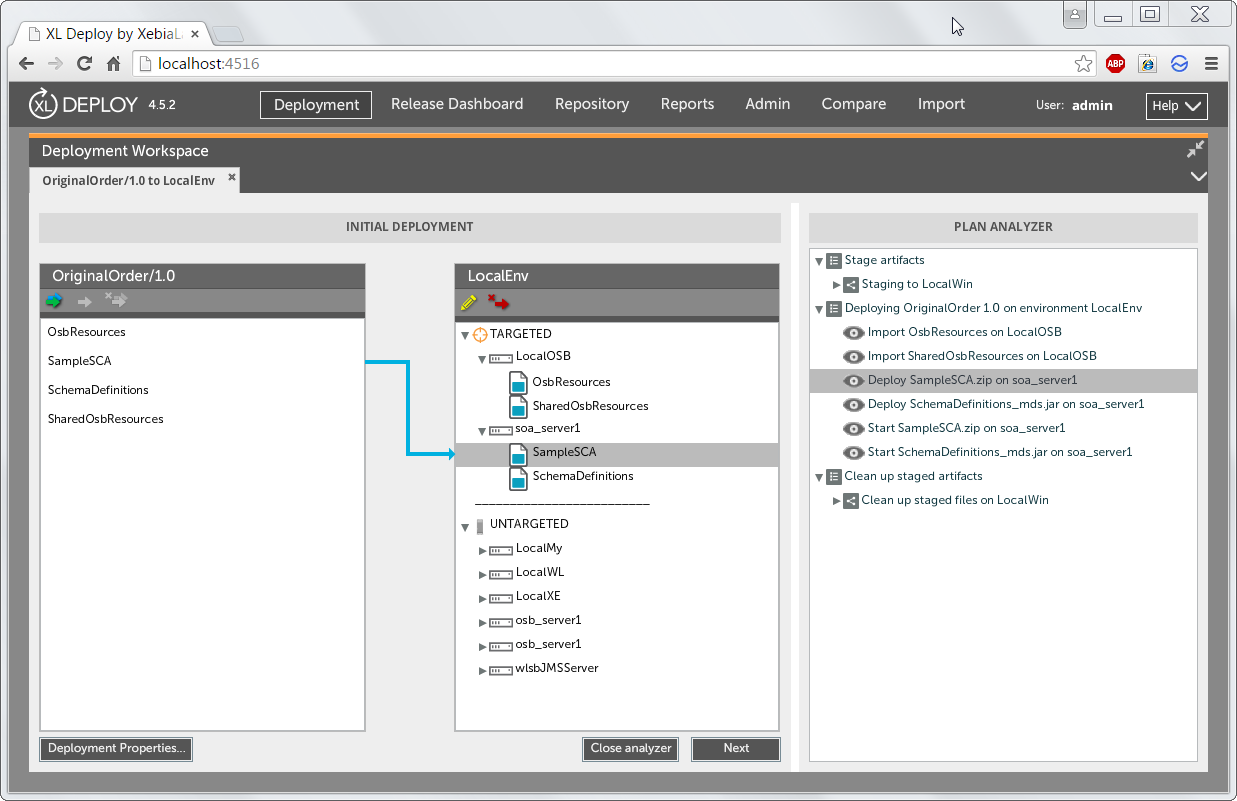Take Or Deploy - When Ford released the Edsel, its new midsize model, in 1957, the company was convinced it would blow the competition out of the water. After all, Ford spent ten years and $250 million developing this car. They conducted extensive, thorough market research. The data they would diligently collect showed that the Edsel would easily outsell Chrysler's popular Dodge and General Motors' Pontiac. Despite the great work done, the launch was a disaster. Sales were poor and within two years Ford discontinued the product.
So what happened? Not that Ford's research was wrong. The information they had was correct - it was old fashioned. The Edsel was the real car people wanted in 1952, but by 1957 tastes had changed. Ford lost his time.
Take Or Deploy

Today, there is no excuse for a company to make such a mistake. Not only do you have access to more valuable data than ever before, you also have the automation tools at your disposal to gain insights and build models from that data at a faster pace.
A Guide To Preview Deployments With Serverless Ci/cd
The key is to have the right data pipeline tools, infrastructure and techniques to feed your machine learning models with the right data, from design to development to implementation. Then you can ensure that your products are always based on the most relevant and up-to-date information.
Even before you get to the design stage, you need to ensure that your data pipeline is properly designed and provides you with relevant, high-quality information.
One of the important considerations here as well is what happens when you go from the proof-of-concept (POC) stage, where you can use small data samples, to the production stage, where you need a much larger scale. . information, taken from a variety of sources. It is important to figure out now how you will develop your products and your data pipeline once they are implemented.
When building a predictive model for production, you need to make sure you're working with the best possible data, from the most relevant sources, all the way to launch. If it's already old, your slow design won't be of much use.
Nestjs Won't Deploy
Part of the challenge is getting enough historical data to get a complete picture. Few organizations can gather all the information they need internally. For full context and perspective, you definitely need to connect external data sources first. Types of external data can include company data, geospatial data, people's data such as internet behavior or spending activities, and time-based data, which includes everything from weather conditions to economic conditions.
By using an additional data discovery platform, you can seamlessly connect to thousands of external data sources, safe in the knowledge that they have already been reviewed for quality and legal issues - and are compatible with each other. Some providers will also allow you to set up custom signals, meaning you can make the most of your domain expertise to properly interpret the data and extract the information you need.
Extensive training and testing is essential before you can move on to the design stage, but it can be a time-consuming process. To avoid downtime, you need to automate as much as possible.

That doesn't mean working with just a few time-saving tools or tricks. The goal is to create products that can eventually work without any work on your part. With the right technology in place, you can handle everything from data collection and feature development to training your products. This will also make your products really consistent without increasing your workload.
System Design: Distributed Code Deployment System.
Before you can deploy your predictive model, you need to know that it actually produces the results you're looking for, that those results are accurate, and that the data you feed into the model will keep those models relevant over time. . Relying on a single, tired and outdated data can lead to design leaks, leading to inefficient results.
That means you need to build learning pipelines and processes that ingest new data, analyze your data sources, and tell you which features are still giving you valuable insights. You can't get complacent about this, or your products could lead your business in counterproductive ways. It's important to have steps in place to monitor your results, and make sure you're not just adding the wrong kind of information to the forecasting process.
As we've seen, the journey to launching a predictive model can be fraught with delays and valuation challenges, all of which threaten to make your design less relevant when you go to production.
The key is to streamline and manage workflow wherever you can, reduce time to implementation – and ensure you're always using the latest, most useful, quality data. Without this, like Ford, you risk losing your time. Have a question about this project? Sign up for a free account to open an issue and contact the maintainers and community.
Immigration Dept To Deploy Officers From Hq, States To Take Over Bukit Jalil Depot
By clicking "Sign up for" you agree to our terms of use and privacy policy. We will send you account-related emails.
The push button in step 2 doesn't take me to press, what can I do to process? #85
The push button, which is on the adjustment, on level 2, the button does not take me to press,

I can't find it under the compatibility rule. Please help me what to do to implement the bot, does a team need it?
Deploying Project 15 From Microsoft Open Platform In 3 Steps
This is an app view in my client, but I don't see the option to send to Azure
I tried searching where to find the Deploy button; I found this link for the push button;
I found this link above, but I'm not sure how to connect this button to my app, even if I can deploy;
@MasemolaTMB When I go into the deployment wizard and scroll down to the same place, I can click and navigate to the Azure portal just fine! If you click the right button, then click "Copy link address", then paste the link on the new page and it will take you to the Azure portal. Hope this helps!
How To Deploy Your First Deno App
Register for free to join this discussion at . Do you have an account? Log in to comment
Log in using a different page or window. Reload to refresh your session. Exit to another page or window. Download again to refresh your session. What seems like a good option is a queuing system to queue all requests. And the worker builds the code and does it FIFO.
Because we want to postpone the job history. We can think of a SQL table to store the action records (this can represent our row).

The fact that we have a SQL database, we have ACID transactions. This allows our X number of employees to query and update jobs as each run is transactional and therefore secure. A trick question would look something like this:
Understanding Azure Devops Deployment Patterns
Assume 5000 builds/day. And 15 minutes/build → ~ 100 builds per day that a worker will do. So we can say 5000/100 = 50 workers required on average. We can lay off the number of workers during peak hours and vice versa.
Another important thing here is to update the project status only when the binary has been successfully stored in blob storage. As discussed, we have many regions around the world where these binaries will be distributed. If we have 5 regions where we have a cluster of application servers, we can have a domain layer in each of those regions and each domain layer provides binaries to its own domain application servers.
Here, we don't want our employees to wait for this copy to be successful. We will mark the project as "CLOSED" as soon as the binary is stored in our main store. Binary replication will occur asynchronously.
What if we want developers to only be able to use the build if the binary is copied to all regions?
Why Does My Kerbal's Chute Deploy When I Take Off?
To solve this need, we can have a simple service that selects a master store for each new binary and tracks the status of the binary by polling all regional stores.
We previously assumed that the build takes 15 minutes and let's say the iteration takes another 5 minutes. So for us to meet the 30 minute deadline for the whole project we have 10 minutes left. For 100K machines to download a 10 GB file from a brick store on the network seems inappropriate. So we can create a Peer-to-Peer network. All machines in the domain are part of the Peer to Peer network, which allows them to download many such binaries very quickly.
We can take advantage of our multi-tier architecture to introduce a value layer (like zookeeper, consul) in each regional cluster. And a great button store that actually updates when developers click the button. The

Post A Comment:
0 comments so far,add yours